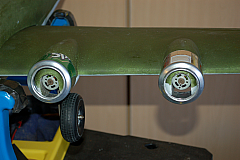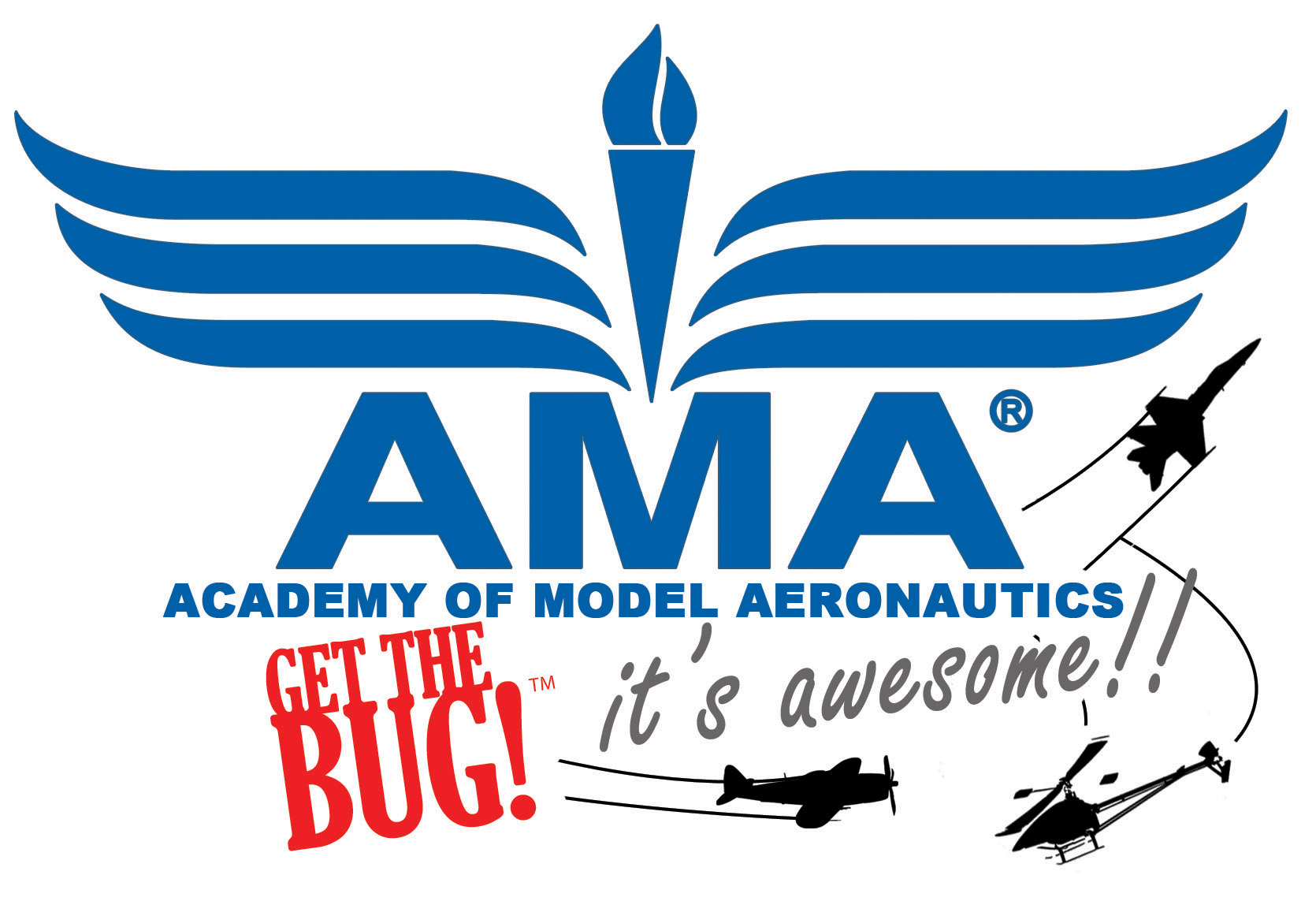


I got the Multiplex Cargo during a close-out sale. I had been looking at it for a while as I thought it would make a nice B-17 conversion.
The was a fairly active thread on RC Groups that had a lot of interesting pictures and stories from folks flying the Cargo. I also ran across a guy at the Arizona Electric Festival who had bought one that had been converted. He had fun dropping small water balloons during the fly-in.
 |
 |
The Cargo is out of production and was one of the Multiplex "Pico line" of models. The notable thing is that it is made of EPS or Styrofoam not the Elapor foam that Multiplex uses now. That worked in my favor as I'd be doing a lot of sanding to get the fuselage shaped correctly. Elapor doesn't sand well. Before going out of production, there were some small custom molding shops that had some conversion kits available. I wasn't that interested in totally scale. Sanding and paint would be enough.
Before discussing the fuselage mods, the neat thing about the Cargo was the wings and tail were already very much like the B-17. They wouldn't need any work. I figured I'd get close with the shape and use paint to distract observers from the differences. Since the only way you'd get one is finding one at a swap meet, I'm not going into much detail on the building process. If you have built Multiplex models before there wouldn't be much that would surprise you. The notable exception would be the wing box. Balsa and light ply was used to construct a box that inserted into the bomb bay to provide support for the wing. The wing attaches with a fairly short spare through the sides of the box and into the other wing on the opposite side. There are also holes for the aileron and power extensions for the hardware on each wing.
 |
 |
An easy to use, preassembled, wiring harness was provided for each wing. Each wing's two small brushed "can" motors were soldered to the harnesses. There was the typical Multiplex small green connectors on the ends. The matching connectors were mounted to a splitter in the fuselage that connected to a single brushed ESC. I mounted the receiver in the top of the fuselage where the leads from all the servos and ESC were connected. The kit comes with a thin plastic tray that slides into the bomb bay cavity pushing the wires up into the fuselage. This allows the pilot to put droppable items in the bomb bay without worrying about things getting tangled in the wires.
To get the B-17 look on the fuselage, I started by getting several pictures of B-17s from various angles. I then marked out the lines where sanding would occur to get a sense of the material that needed to be removed. I started with some course sandpaper and went to work. It was a little slow going so at one point I put a sanding drum on my rotary tool and used that to speed things up. As I got close to the shape I wanted, I went back to hand sanding and moved to a finer grid on the sandpaper.
 |
 |
The canopy or front windshield piece needed quite a bit of work. Along the fuselage, most of the windows that were molded into the sides disappeared to get the back of the B-17 correct. I did a little work on the tail to get the rear gunner's compartment carved out of the smooth lines of the original Cargo.
The last two bits of custom work was to add the large flat cowlings and turrets found on a B-17. I found that soda cans proved to be the answer for the cowls. Using a heavy shears, I cut the bottom out leaving the ring found around the bottom. It was quick work to cut through the thin aluminum sides of the can to get the right depth and sand the edges smooth with my rotary tool. They slid neatly over the tapered foam nacelles and were affixed with hot glue. These proved to be very convincing while adding very little weight. I had plenty of spare foam around the workshop and used that to fashion top, bottom and chin turrets. I've always liked the looks of the B-17 G so that was the look I went for. Round toothpicks were the right size for the machine guns.
 |
 |
Early on I decided to use APC 6X4 thin electric props instead of the push-on props that came with the kit. Together with small prop collets to fit the small shafts of the brushed motors, they made for a good look. When all the props are spinning it also has a nice sound.
The Cargo, being a old model, was designed for large, heavy NiMH packs. I'm using a 7.4 volt, 2500 Lipo. As a result I ended up adding quite a bit of lead to the nose. The battery compartment is under the canopy/windscreen and is lined with a light plastic tray similar to the bomb bay insert. That allowed the self stick lead weights to go as far front as possible. Even then, I was surprised at the weight that was needed.
Even with four motors the B-17 flies heavy. It takes a while to build up speed to fly. I fly off a hard surface club runway and the B-17 takes about 200 feet to gain enough speed to lift off. Once airborne, a gentle turn out of traffic with a scale-like climb is needed to gain altitude. Once I've gotten some speed, scales turns, and more aggressive climbs are OK. It does lose speed, though so you're not going to win any time to climb contests.
Even if I say so myself, the B-17 looks pretty impressive in flight. The hum of the four props is also an nice effect. I usually have my timer set for about 4 minutes. As time expires the final approach is smooth and easy. What is somewhat tricky is the landing. The manual says to mix down elevator with the throttle to counteract pitch up during takeoff. Several folks in the forums had mentioned that too. That setting did result in really nice, scale-like departures. The downside is that the airplane will balloon if you just chop the power on landing and the elevator gives an up command as the mix is removed. As a result, I took a little of the mix out and just recognize the need for some forward stick close to touchdown. When I allow the airspeed to bleed off smoothly while gently retarding the throttle, I've been able to log some nice landings.
 |
 |
 |
 |
If you like to work with foam and you find one of these at a swap shop or in a dusty corner of your local hobby shop. You may want to consider it. It would be pretty easy to equip with outrunners for more power. Being frugal, I couldn't bring myself to more than double the cost of the kit with motors and ESCs. Maybe for an upgrade? Hmmm....


